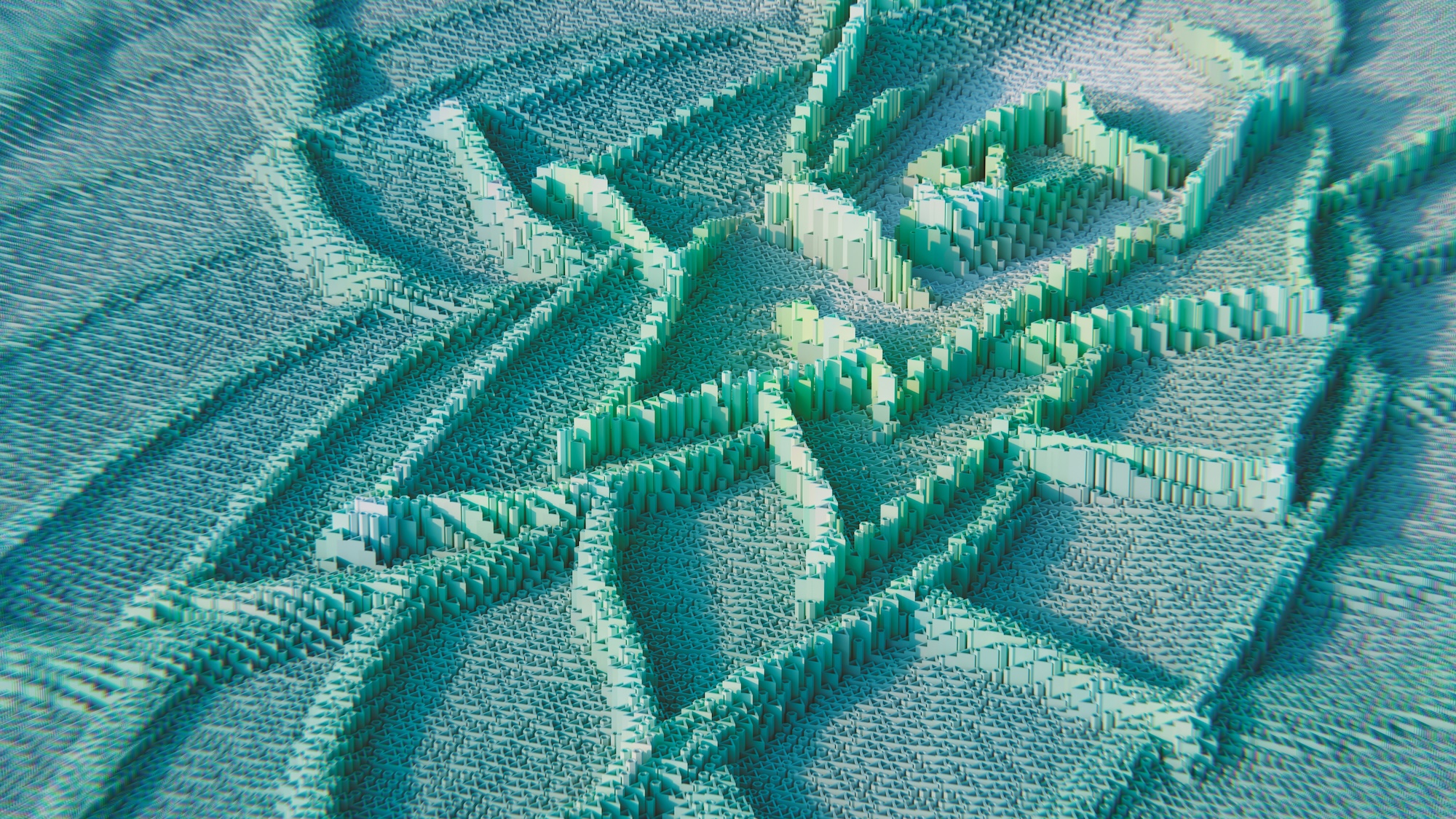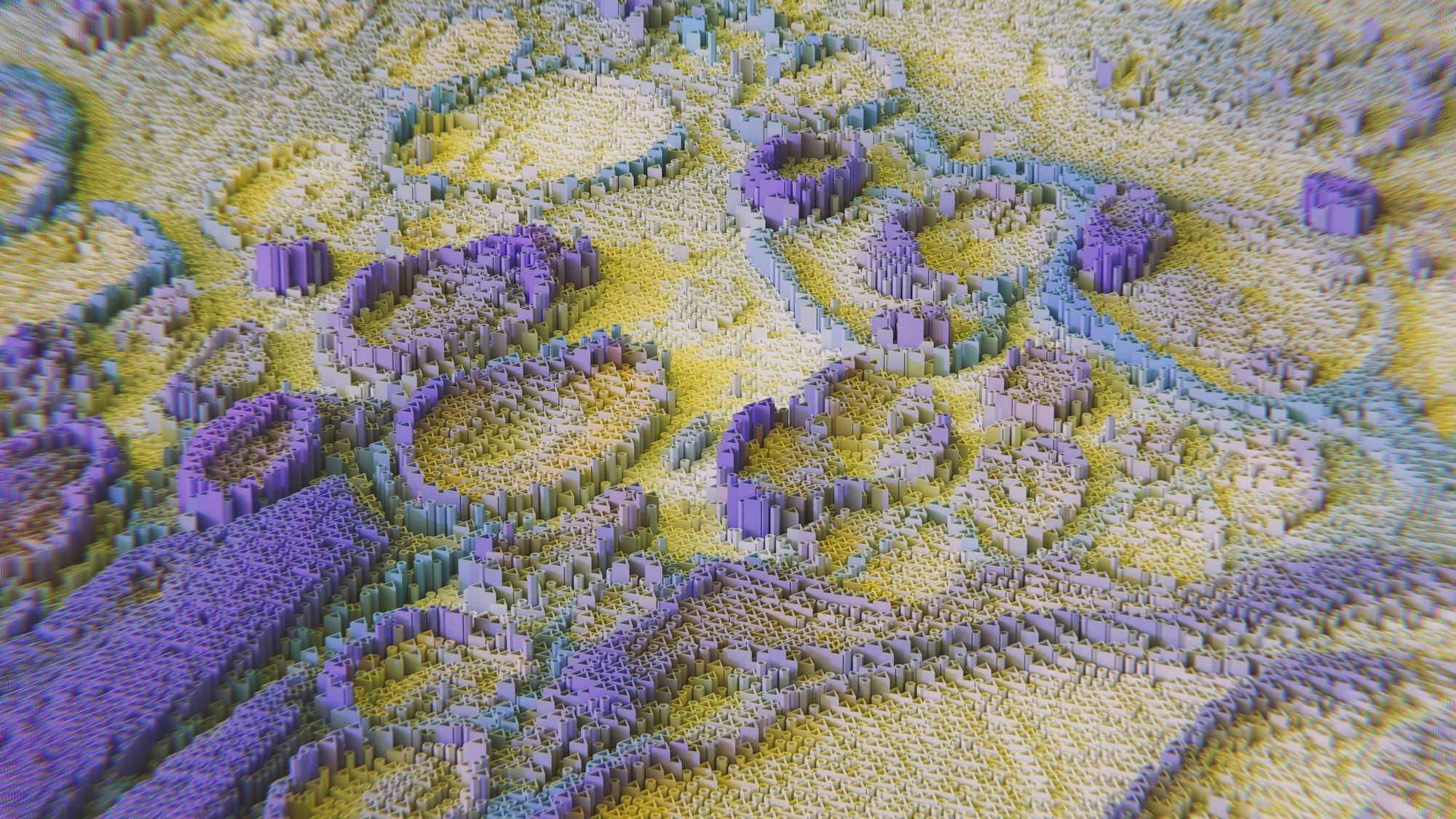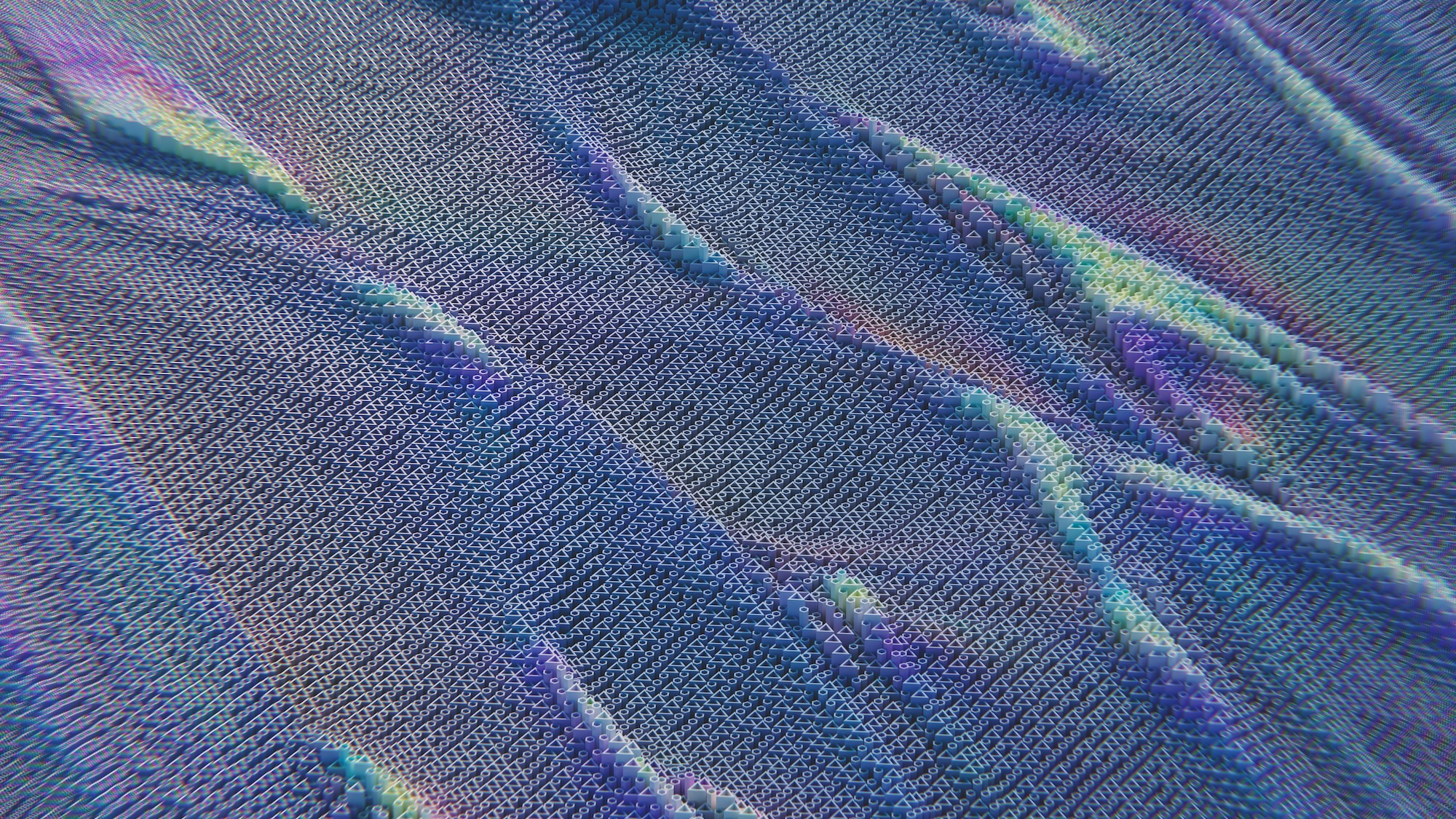Image by Google DeepMind
Just because we can capture attention, should we?
In today’s digital landscape, attention has become the most contested resource. A growing number of companies now rely on neuroscience-based tools to guide the design of ads, apps, and interfaces, all in the name of capturing, directing, and converting human attention. These strategies are data-driven, lab-tested, and increasingly precise. But rarely do they ask a more foundational question: just because we can capture attention, should we?
Much of this science builds on a simple logic: if attention is the first step toward action, then optimizing for attention is optimizing for success. Marketing consultancies now offer biometric eye-tracking, predictive heat maps, and cognitive engagement scores to fine-tune content for maximum salience. In this model, the user is no longer a person in context, but a visual field to conquer, a brain to hijack.
But what if we used this same knowledge not to exploit attention, but to protect it?

Image by Google DeepMind
The Mechanisms of Manipulation
To understand the ethical stakes, it helps to briefly review how these strategies work. Many neuro-marketing techniques rely on what psychologists call pre-attentive processing, the split-second reactions our brains have before conscious thought kicks in. These include:
- Salience detection (what visually “pops”)
- Emotional triggers (like surprise or fear)
- Attentional inertia (how hard it is to look away once engaged)
By learning how the brain responds to these signals, designers can construct experiences that are stickier, more memorable, and more likely to result in a click, a scroll, a purchase. These techniques are not inherently unethical. But when the goal is to engineer demand rather than meet real human needs, attention becomes a resource to be mined, not a capacity to be cultivated.

Image by Google DeepMind
Attention is a Finite Resource
Cognitive science and contemplative traditions alike remind us that attention is not unlimited. It fatigues, it fragments, it needs rest. When experiences are designed only to trigger and stimulate, to hijack the limbic system, to gamify interaction, to maximize time-on-screen, they can leave users feeling depleted, overstimulated, and emotionally manipulated.
In contrast, calm design begins with a different assumption: that attention deserves care. That it’s not something to seize but something to support. And that by understanding how attention works, we can design environments that protect it, allowing users to remain grounded, autonomous, and mentally spacious.

Image by Google DeepMind
Neuro-Informed Care, Not Capture
The same scientific insights used to drive engagement could be repurposed to foster calm. Imagine experiences that:
- Reduce cognitive load by simplifying information hierarchies and avoiding simultaneous demands on memory, vision, and comprehension.
- Adapt to moments of mental fatigue by recognizing when a user slows down, hesitates, or drifts, offering space instead of stimulation.
- Encourage pauses rather than endless loops, through completion cues or soft friction that lets the user disengage naturally.
- Deliver ambient information via subtle visuals or sound cues that inform without interrupting, inspired by the principles of peripheral interaction.
- Avoid false urgency, resisting countdowns, flashing alerts, or manipulative FOMO tactics, and instead trusting users to engage on their own terms.
These aren’t limitations. They’re design opportunities to create environments that honor attention instead of extracting it.
A Quiet Invitation
We are at a turning point. As our ability to shape user attention becomes more refined, so too must our ethical frameworks. It’s no longer enough to ask what works. We must ask what matters.
Design can be seductive. Or it can be generous.
Let’s choose generosity.



